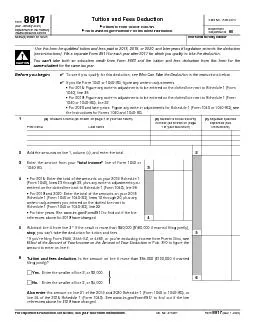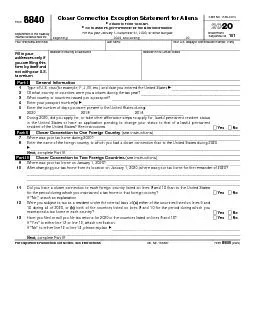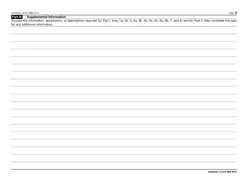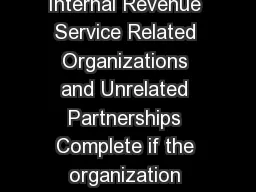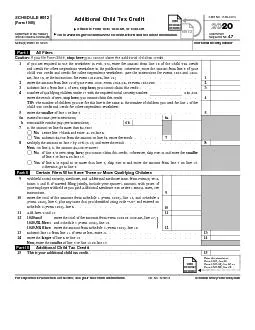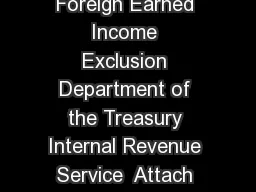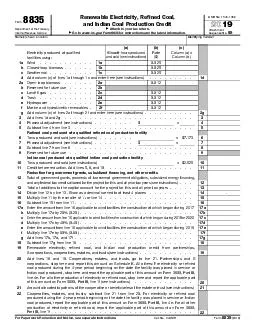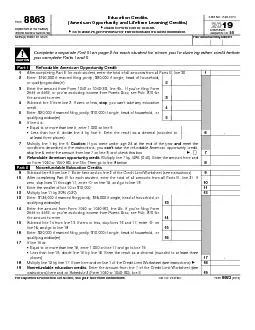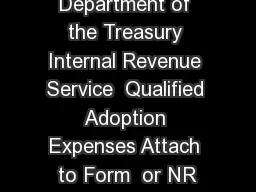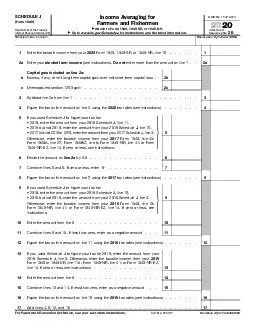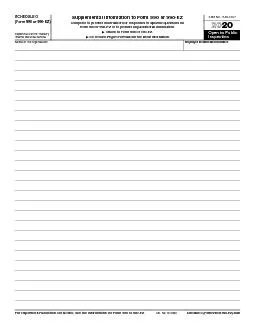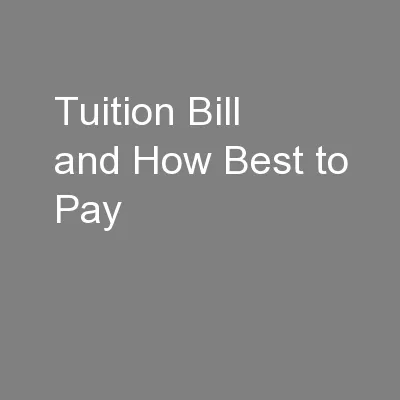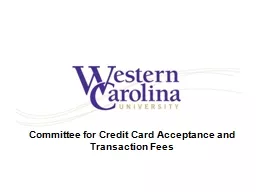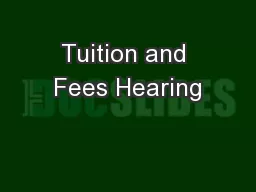PDF-Form Department of the Treasury Internal Revenue Service Tuition and Fees Deduction Attach
Author : test | Published Date : 2014-12-28
Information about Form 8917 and its instructions is at wwwirsgovform8917 OMB No 15450074 20 13 Attachment Sequence No 60 Names shown on return Your social security
Presentation Embed Code
Download Presentation
Download Presentation The PPT/PDF document "Form Department of the Treasury Interna..." is the property of its rightful owner. Permission is granted to download and print the materials on this website for personal, non-commercial use only, and to display it on your personal computer provided you do not modify the materials and that you retain all copyright notices contained in the materials. By downloading content from our website, you accept the terms of this agreement.
Form Department of the Treasury Internal Revenue Service Tuition and Fees Deduction Attach: Transcript
Download Rules Of Document
"Form Department of the Treasury Internal Revenue Service Tuition and Fees Deduction Attach"The content belongs to its owner. You may download and print it for personal use, without modification, and keep all copyright notices. By downloading, you agree to these terms.
Related Documents

